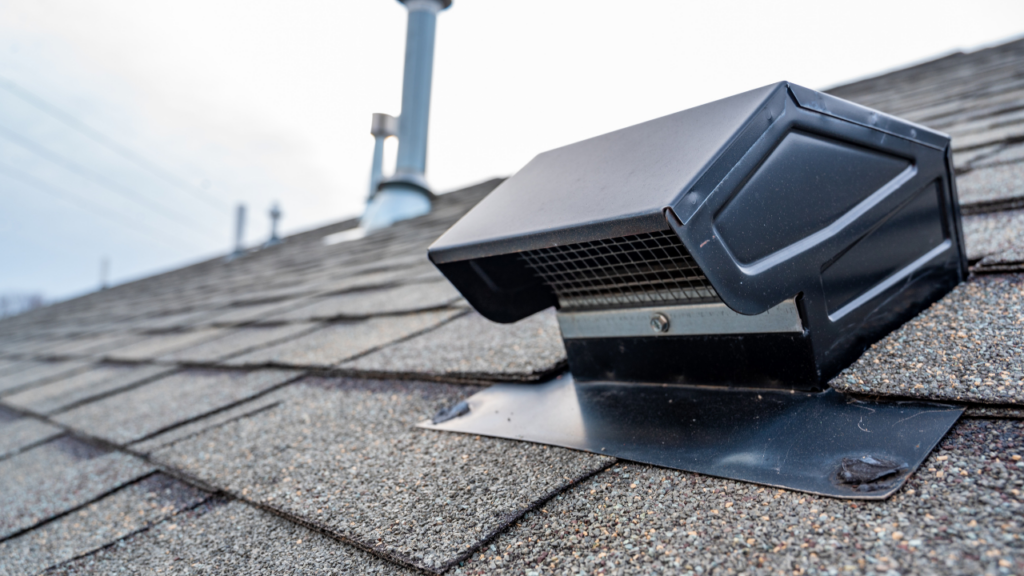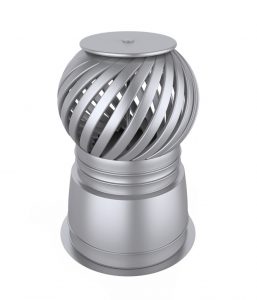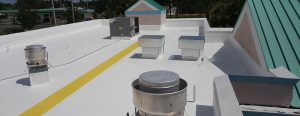Does your home need roof ventilation?

Inadequate roof ventilation can transform your home into an environment that’s both uncomfortable and unhealthy. Attics without proper ventilation lack a crucial escape route for the accumulated heat, leading to increased indoor temperatures. During hot weather, this trapped heat causes moisture to condense on the underside of the roof sheathing, posing risks to both your home’s structure and air quality. Ensuring your roof is evenly vented facilitates the free flow of hot air in the attic, significantly enhancing indoor comfort.
As outdoor temperatures rise, maintaining a cool indoor environment becomes a priority. Efficient roof ventilation plays a pivotal role in allowing heat to escape from your attic, subsequently reducing the demand on your air conditioning system. This not only helps in keeping your home cooler during the sweltering summer months but also ensures it remains warm in winter. With proper ventilation, your reliance on heating and cooling systems decreases, leading to substantial savings on energy bills.
Understanding the essentials of roof ventilation is key. It encompasses two main types: Exhaust vents and Intake vents. Solar exhaust vents, for example, incorporate small solar panels to power an exhaust fan, effectively removing hot air from the attic. Though these solar-powered vents are inactive at night, their daytime efficiency is crucial for mitigating the heat buildup under your roof.
Available exhaust ventilation options include roof turbines and ridge vents. Positioned at the roof’s apex, turbines harness wind power to extract hot attic air, while ridge vents, running along the roof’s ridge, facilitate the removal of warm air, promoting a cooler attic space.
To maintain optimal roof ventilation, it’s crucial not to obstruct attic vents with insulation, which can block the essential airflow in and out of the attic. Additionally, ensuring a sufficient number of intake vents above the soffit is vital for promoting effective air circulation throughout your roofing system.
For homeowners looking to improve their roof’s ventilation and overall home comfort, visiting My Florida Roofing Contractor offers a wealth of information on selecting the right ventilation system, materials, and techniques. Optimize your home’s ventilation with expert solutions designed for energy efficiency and lasting comfort.
Does Your Home Need Roof ventilation?
“Proper insulation on the attic floor will keep the attic cooler because it blocks heat from below. The most common mistake homeowners make when installing insulation is to block the flow of air at the eaves. NEVER COVER ATTIC SOFFIT VENTS WITH INSULATION — use rafter vents and soffit vents to maintain airflow.” Quoted from Energy Star https://www.energystar.gov/campaign/seal_insulate/do_it_yourself_guide/about_attic_ventilation


















